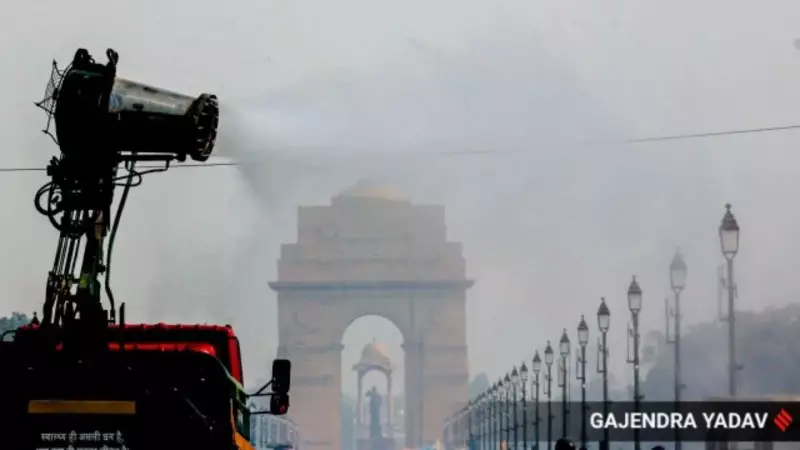
Delhi residents woke up to another day of hazardous air quality as the capital's Air Quality Index (AQI) plunged into the 'severe' category, crossing the 400 mark across multiple monitoring stations. The toxic haze enveloping the city has triggered immediate emergency responses from authorities and raised serious health concerns among citizens.
Emergency Measures Activated
In response to the deteriorating air quality, the Commission for Air Quality Management (CAQM) has invoked Stage III of the Graded Response Action Plan (GRAP). This emergency protocol includes:
- Immediate ban on non-essential construction activities
- Restrictions on the operation of BS-III petrol and BS-IV diesel vehicles
- Enhanced frequency of mechanized cleaning and water sprinkling on roads
- Strict enforcement of pollution control measures at industrial units
Health Advisory Issued
Medical experts have issued urgent health warnings, particularly for vulnerable groups. Doctors recommend:
- Avoiding outdoor activities and morning walks
- Wearing N95 masks when stepping outside
- Keeping doors and windows closed
- Using air purifiers indoors
- Staying hydrated and seeking medical help for breathing difficulties
Pollution Hotspots Identified
Several areas in Delhi recorded particularly alarming AQI levels. The monitoring stations at Anand Vihar, Wazirpur, and Jahangirpuri reported readings above 450, placing them in the 'severe plus' category. The combination of vehicle emissions, construction dust, and unfavorable meteorological conditions has created this dangerous pollution cocktail.
Long-term Solutions Needed
While emergency measures provide temporary relief, environmental experts emphasize the need for sustainable solutions. The recurring air quality crisis highlights the urgent requirement for systemic changes in urban planning, transportation systems, and industrial pollution control to ensure Delhi residents can breathe clean air throughout the year.





